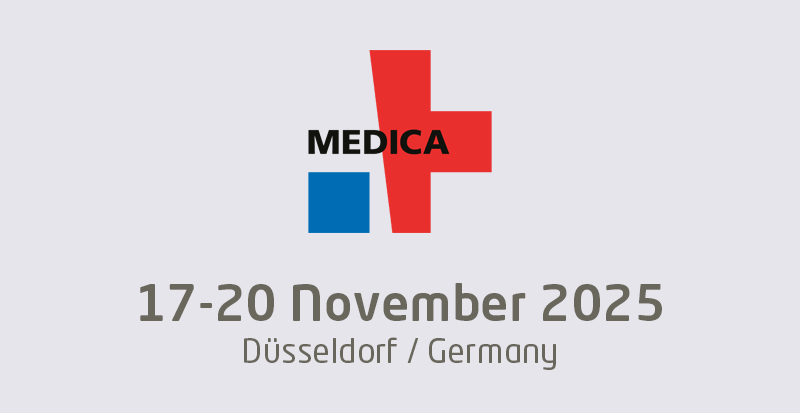For years, researchers and policymakers have been looking for the numbers which would definitively prove that there’s a decent return on investment for EMRs, or at least better articulate the impact that they do have. Here’s a look at a study which should add something interesting to the conversation.
New research has concluded that Medicaid spending may increase or decrease depending on how community health providers use ambulatory EMRs, according to a report in iHealthBeat.
The study, which was published in the Medicare and Medicaid Research Review, examined laboratory, radiology and general medical spending at three community health practices taking part. The practices were part of a pilot program by the Massaschusetts eHealth Collaborative, in which researchers compared s pending before and after EMR implementation with practices which largely hadn’t implemented EMRs.
Researchers concluded that there was a distinctive difference in medical spending at two of the three practices using EMRs, iHealthBeat reports. In one case, costs grew at a rate of about 2 percent less (or $41.60 per member per month) than at practices without EMRs. At the second practice, meanwhile, costs were 2.5 percent higher (or about $43.34 per member per month) than with the no-EMR comparison practices.
EMRs didn’t seem to impact radiology and laboratory costs; there were no significant differences in costs in these areas between practices using EMRs and practices without them.
All of this sounds intriguing, as we’d all like to know more about how EMRs can actually be used to cut costs — or how EMR use can be changed to avoid added costs. The downside, however, is that the study didn’t produce this type of evidence, iHealthBeat said.
As study co-author Julia Adler-Milstein notes, the study did demonstrate that EMRs can impact ambulatory medical costs, but the effect was not consistent across communities, and the net effect cost-wise was minimal at best. I was disappointed to read this, as I was expecting to pick up some data on specific best practices ambulatory caregivers can implement to save money using EMRs. Guess we’ll have to wait for future research for that information!

























